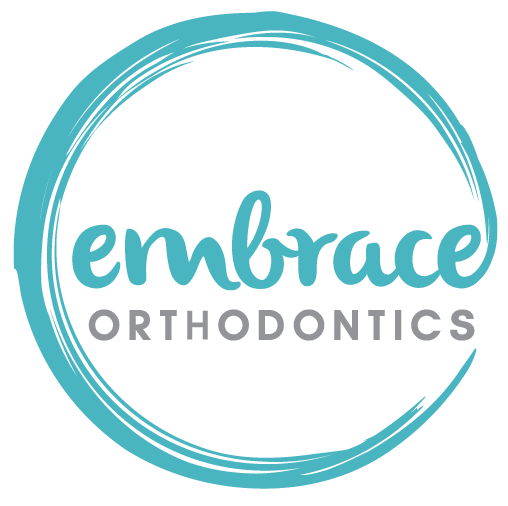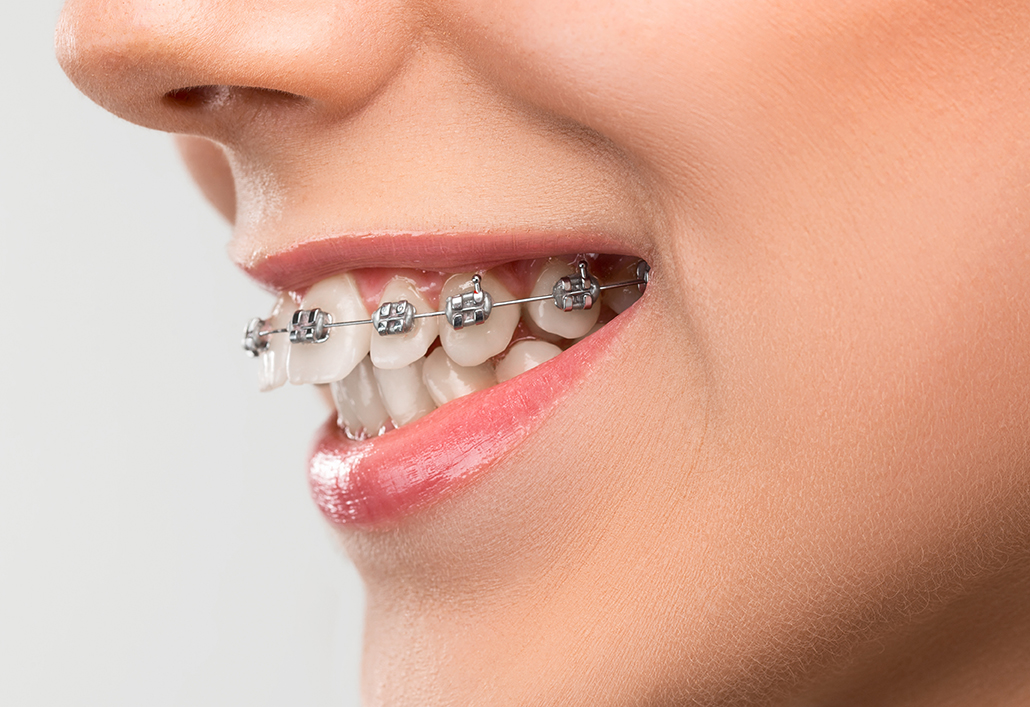What Is An Overbite and How Is It Corrected?
An overbite is a type of malocclusion when the upper front teeth noticeably protrude too far in front of the lower teeth. This problem is often described by people experiencing it as ‘upper teeth sticking out too much’, ‘buck teeth’, or simply ‘having an overbite’. Mild overbites are not uncommon, but more severe overbites can present multiple problems, such as:
- Increased risk of gum diseases
- Teeth grinding (bruxism)
- Teeth enamel wear
- Discomfort while eating
- Speech problems
- Jaw pain etc.
Overbites occur as a result of many different causes. Common contributors include:
- Thumb-sucking, especially when it continues past the age of 3
- Overuse of Pacifier, especially if used past the age of 3
- Excessive nail-biting or lip biting
- Hereditary factors, such as smaller lower jaw
- Missing or crowded teeth
How Should An Overbite Be Corrected?
There are multiple treatment options that have all proven effective in correcting overbites.
- Braces: using braces is very popular in the treatment of childhood and teenage overbites. Often in conjunction with the use of rubber bands, the pressure of the wires pushes the teeth into the correct position thereby transforming the overbite into a more ideal bite. If the overbite situation is severe, occasionally premolar extraction may be indicated in order to gain room on the side which is needed to pull back the front sticking out teeth. Adults may also benefit from wearing braces if Invisalign is not an option of their choice.
- Invisalign: Invisalign has become more and more popular in correcting mild to moderate malocclusions for patients of all ages, especially for adults. Unlike braces, a series of clear plastic aligners are custom-designed to fit the patient’s teeth, and are worn in a methodical order to gradually shift their teeth into the desired position. Adults like Invisalign because the aligners are much less noticeable than traditional wire and bracket braces.
- Palate expansion: this treatment option is often indicated when the overbite is associated with a patient’s narrow upper jaw. When the upper jaw is too narrow, it doesn’t have enough space to accommodate all the upper teeth. If the upper teeth are not crowded, they will instead “stick out” resulting in “overbite”. By using the palate expander, which is temporarily attached to the patient’s upper molars, it widens the palate gradually over time. This in turn creates the much needed space to allow the protruding front teeth to return to their proper places.
- Overbite surgery: if the underlying reason for an overbite is due to large discrepancy between the upper and lower jaw, such as a small lower jaw that’s set too far back relative to the upper jaw, the ideal solution to correct such an overbite will be surgery in conjunction with orthodontic treatment. Luckily, overbite cases that need surgery are not common.
Overbite Before & After Photos:
Overbites can often present early in life, which means that bringing your child to see an orthodontist by the age of 7 is highly recommended. These issues can be common but should not be dismissed lightly. You can protect your health, and the health of your family, by making wise investments in essential, quality orthodontic care when it is most advantageous to do so. Action now can prevent years of your loved one’s discomfort and dissatisfaction with their appearance. It may also negate the need for more expensive and complicated treatment plans later in life. Embrace Orthodontics offers free consultations to help you make the right decisions for your smile and the smiles of your family.



